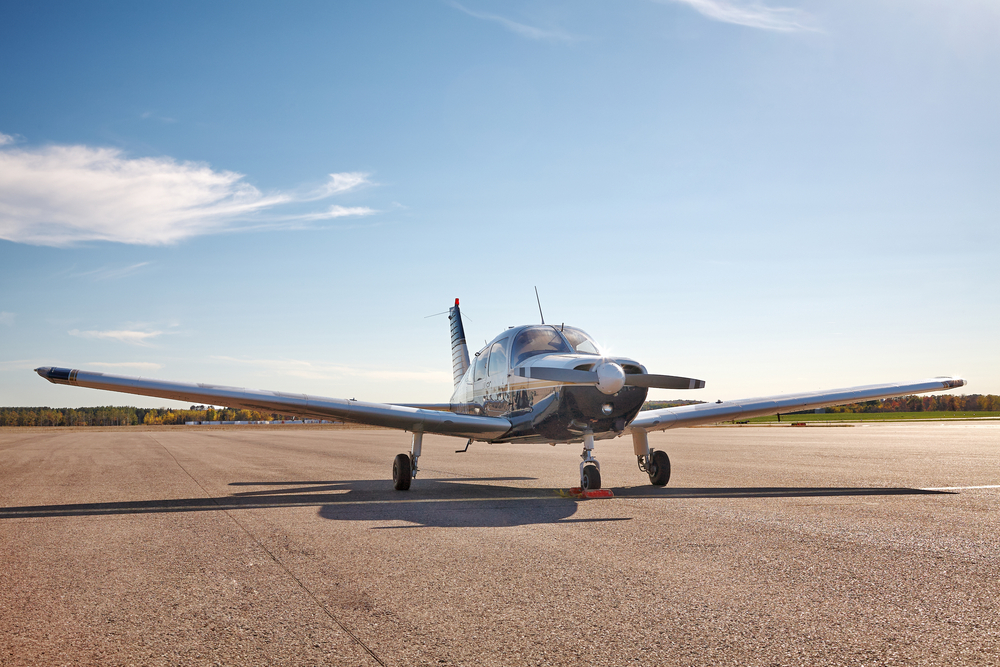Flying Cara
Flying Cara
Cara wanted to fly. She didn’t dream of airplanes or helicopters. Instead, she longed to soar like a bird. Her aspiration began early in childhood, fueled by endless fascination at avian grace and freedom.
She started studying bird anatomy, behavior, and flight mechanics. Cara applied herself rigorously, aiming to understand how birds achieved flight. She wasn’t content with simply watching them. She dissected wings, examined feathers, and recorded countless hours of bird movements.
The Science of Bird Flight
Bird flight is enabled by a combination of anatomy and physics. Their wings create lift by changing the air pressure above and below them. The curvature of a bird’s wing, known as the airfoil, speeds up the airflow over the top surface, reducing pressure and creating lift from below.
Birds control their flight direction and speed using their tail feathers and by changing the shape and angle of their wings. They perform complex maneuvers with precision and agility, thanks to their specialized musculature and skeletal structures.
Cara’s DIY Projects
Inspired by her research, Cara embarked on various DIY projects. She created rudimentary wings from lightweight materials. Her early attempts were unsuccessful, but each failure taught her a new lesson. She experimented with different designs, weights, and wing shapes.
One of her projects involved creating a set of wings based on the structure of an albatross, known for its long-distance gliding capabilities. She meticulously designed the wings to mimic the bird’s proportions. Wearing the wings, she ran and jumped, feeling the resistant pull against gravity, albeit momentarily.
Cara also worked on a hand-gliding project. With some help from experienced gliders, she managed to build a functioning glider. She learned to launch from hillsides, experiencing short bursts of flight. These moments, though brief, fueled her determination.
Modern Technology and Biomimetics
Biomimetics, the study of imitating models and elements of nature for solving complex human problems, became Cara’s focus. She realized that modern technology could bridge the gap between human capability and bird-like flight. She researched drone technology, advancements in lightweight materials, and robotic engineering.
Collaborating with a local university’s engineering department, Cara developed a prototype for a wearable flying suit. The suit included mechanized wings made of carbon fiber, powered by small electric motors. It took years of trial and error, but progress was finally tangible.
The suit used sensors to adjust the wing’s shape and movements in real-time, responding to Cara’s body motions. Though not yet perfect, the suit represented a significant leap toward her dream.
Understanding Aerodynamics
For further improvements, Cara deepened her understanding of aerodynamics. She studied airflow, turbulence, and thermals. She even trained in a wind tunnel to comprehend how different body positions affected flight stability and control.
Attending aerospace seminars, she gathered insights from experts on fluid dynamics and flight mechanics. She applied this knowledge to fine-tune her flying suit, seeking to optimize lift and reduce drag. Collaborating closely with engineers, she tested various wing configurations and material compositions.
Achieving Human Flight
Years of dedication culminated in a breakthrough. Cara managed her first sustained flights using the mechanized wings. She launched from elevated terrains, controlling her descent with newfound precision and grace. Each flight extended longer and felt more natural. Pilots and engineers were invited to observe, providing additional feedback for further refinement.
The media caught wind of Cara’s achievements. Soon, she was invited to present her work at conferences. Demonstrations captivated audiences, drawing attention from both scientific communities and the public. Cara’s vision of human flight was rapidly transitioning from dream to reality.
The Future of Personal Flight
Cara’s journey opened doors to new possibilities in personal aviation. Her work sparked interest in the potential for non-commercial human flight. Academic institutions and private companies began investing in similar research, driven by the promise of a new era in transportation and recreation.
Researchers are now exploring more efficient power sources, improving wing designs, and developing safety mechanisms. Cara’s pioneering spirit continues to inspire, demonstrating that with perseverance and innovation, the once impossible can become achievable.
